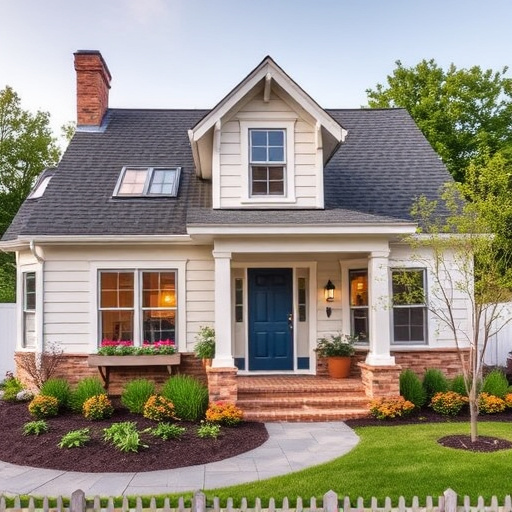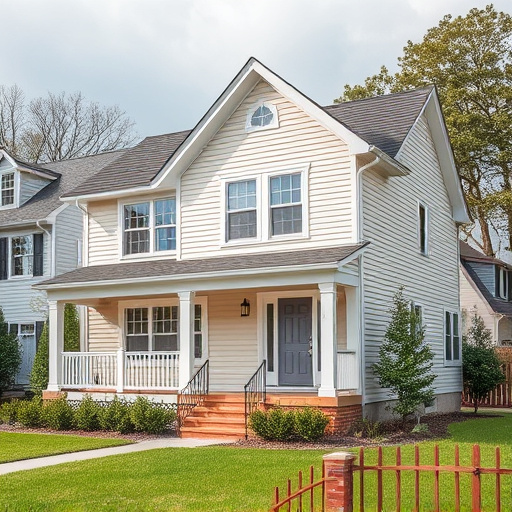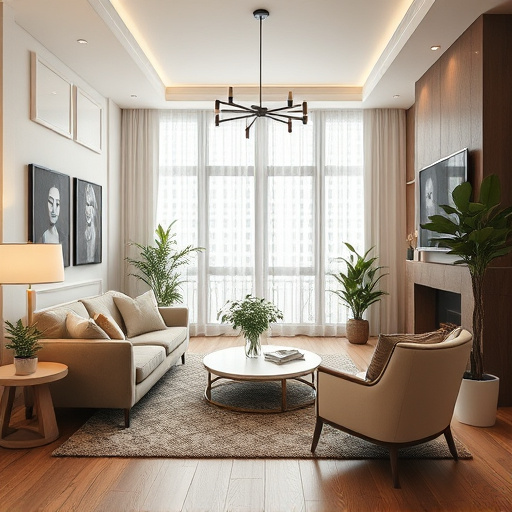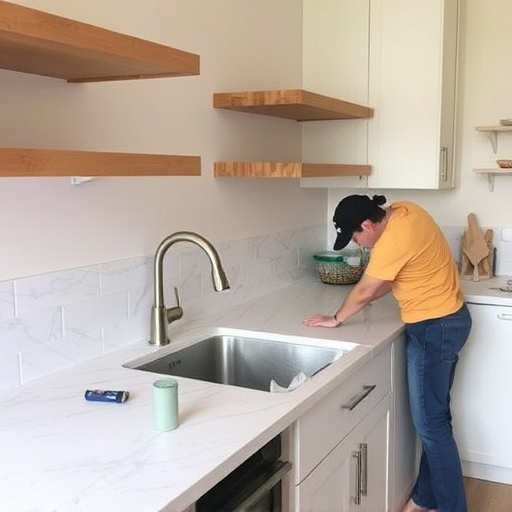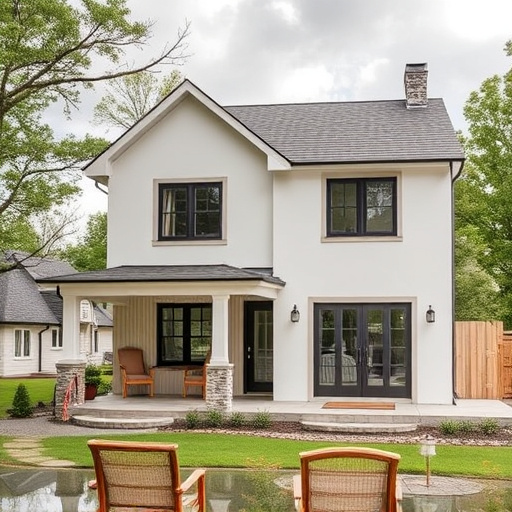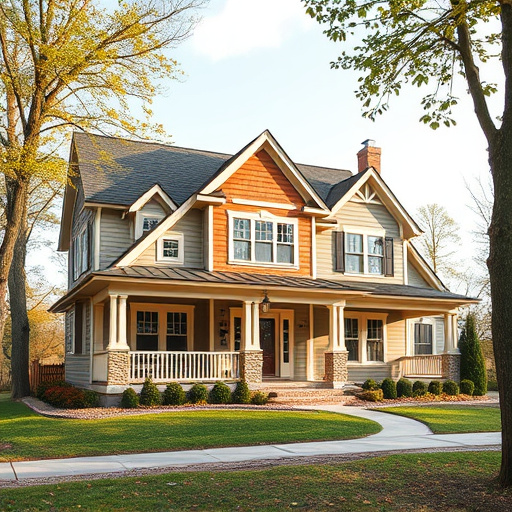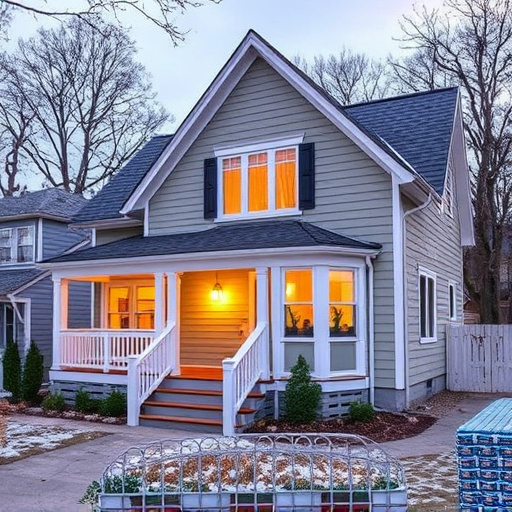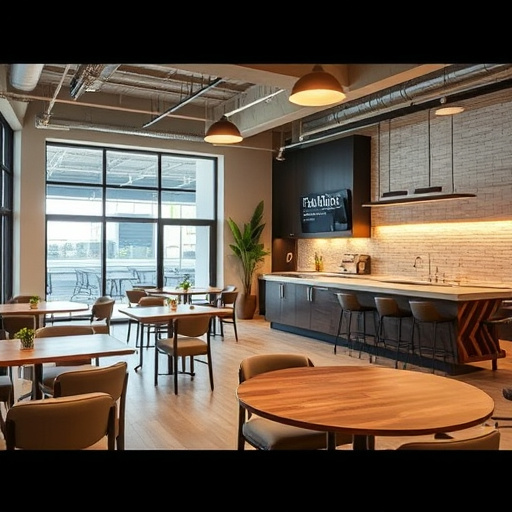Strategic integration of natural and artificial lighting in interior designs enhances aesthetics, promotes energy efficiency, and creates calming atmospheres. Custom lighting solutions transform spaces, making small areas appear larger while highlighting features. Shadow play manipulation through strategic lighting adds depth and balance, as seen in kitchen remodels. This meticulous approach makes homes more livable, inviting, and reflections of individual style.
Lighting placement is a critical yet often overlooked aspect of house design. It can transform spaces, enhancing ambiance and functionality. This article explores how strategic lighting influences interior designs, from leveraging natural light to create vibrant, inviting areas to using artificial lighting to optimize space. We also delve into the science behind shadow play, demonstrating its pivotal role in defining rooms and overall house design success.
- The Impact of Natural Light on Interior Designs
- Strategic Artificial Lighting for Space Optimization
- Understanding Shadow Play in House Design Success
The Impact of Natural Light on Interior Designs
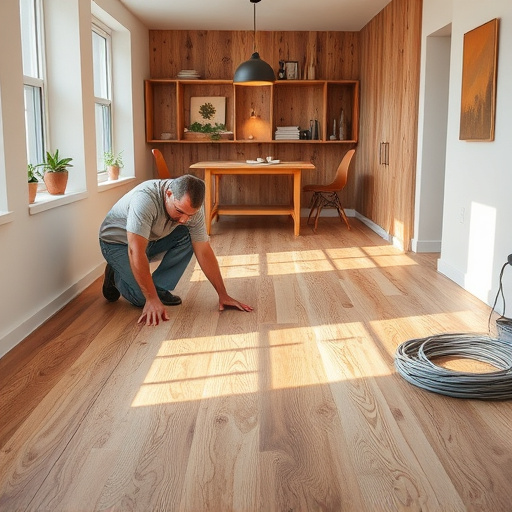
The strategic placement of natural light within interior designs plays a pivotal role in creating inviting and aesthetically pleasing spaces. This soft, diffuse light has a profound effect on the overall ambiance, making rooms feel more open and connected to the exterior world. By strategically incorporating large windows, skylights, or light tubes, designers can transform functional spaces into vibrant oases that enhance everyday experiences.
In whole house remodels, focusing on natural lighting is a game-changer for creating harmonious and balanced interiors. It not only reduces the need for artificial illumination but also contributes to energy efficiency. The gentle glow of sunlight fosters a sense of calm and relaxation, encouraging residents to spend more time in these illuminated spaces, thereby enhancing their connection with the home’s design and overall well-being.
Strategic Artificial Lighting for Space Optimization
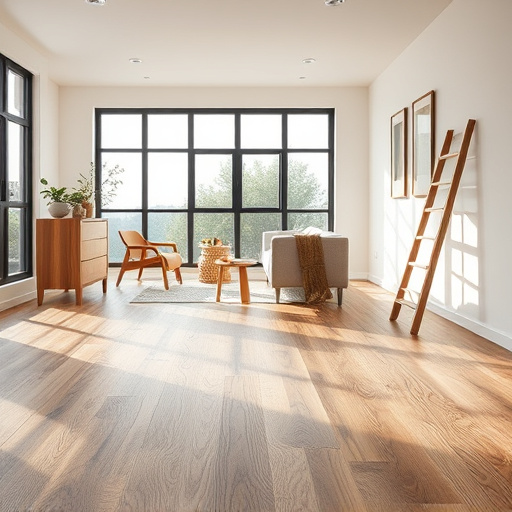
Strategic artificial lighting is an essential component of successful interior designs, offering a powerful tool for space optimization in any home. By carefully planning and implementing custom lighting solutions, designers and homeowners can transform their living spaces dramatically. Well-placed fixtures can enhance functionality, create ambiance, and even make small areas appear larger. For instance, task lighting over work surfaces improves productivity while accent lighting draws attention to artwork or architectural features, enriching the overall aesthetic appeal.
When considering home improvement services or customized home renovations, including home additions, strategic lighting design is a game-changer. It allows for efficient use of space by providing adequate illumination where it’s needed most, ensuring comfort and safety without overwhelming a room with excessive light. This attention to detail not only elevates the visual appeal but also contributes to a more livable and inviting interior, making your home a sanctuary that reflects your unique style.
Understanding Shadow Play in House Design Success

Understanding shadow play is a crucial aspect of achieving successful house design. Interior designers often utilize light and shadow to create depth and dimension within a space. By strategically placing lights, one can manipulate shadows, turning them from pesky remnants into artistic elements that enhance the overall aesthetics. In terms of interior designs, this means carefully considering the direction and intensity of natural light, as well as the placement of artificial lighting fixtures, to craft a harmonious balance between light and dark areas.
For instance, in a kitchen remodel or home improvement services project, optimizing natural light can make a space feel more open and inviting. Strategically positioned windows can bathe countertops and flooring in warm glow, while carefully selected lighting fixtures can accentuate key features, such as a stunning backsplash or an island with seating. This interplay of light and shadow not only transforms the physical space but also sets the mood, making it perfect for various activities—from cooking to entertaining guests. Home remodeling experts often leverage these principles to create vibrant, inviting spaces that truly come alive when bathed in the right kind of lighting.
Lighting placement is a pivotal aspect of house design, profoundly influencing both aesthetic appeal and functionality. By harnessing natural light and strategically employing artificial lighting, designers can optimize space, create dynamic atmospheres, and enhance overall livability. Understanding shadow play allows for the crafting of interior designs that are not only visually stunning but also conducive to comfortable and efficient living. Incorporating these lighting principles ensures homes are not just well-lit but truly inspiring spaces that elevate daily life.






